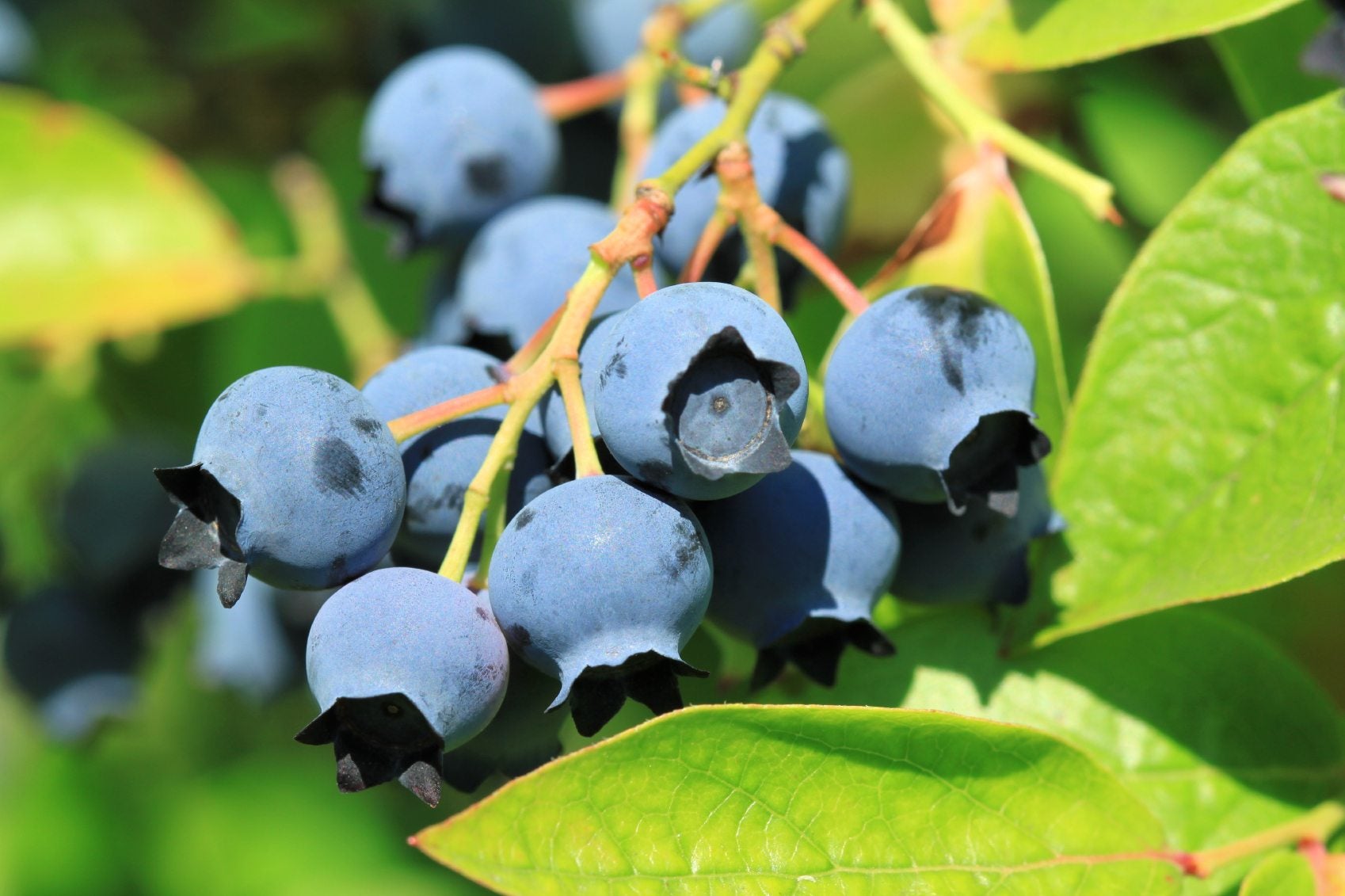Common Types Of Blueberries: Best Varieties Of Blueberry For Gardens

Nutritious and delicious, blueberries are a superfood you can grow yourself. Before planting your berries though, it’s helpful to learn about the different types of blueberry plants available and which blueberry varieties are suited to your region.
Types of Blueberry Plants
There are five major varieties of blueberry grown in the United States: lowbush, northern highbush, southern highbush, rabbiteye, and half-high. Of these, northern highbush blueberry varieties are the most common types of blueberries cultivated throughout the world.
Highbush blueberry varieties are more disease resistant than other blueberry varieties. The highbush cultivars are self-fertile; however, cross-pollination by another cultivar ensures the production of larger berries. Choose another blueberry of the same type to ensure the highest yield and size.
Rabbiteye and lowbush are not self-fertile. The rabbiteye blueberries need a different rabbiteye cultivar to pollinate and the lowbush varieties can be pollinated by either another lowbush or a highbush cultivar.
Blueberry Bush Varieties
Lowbush blueberry varieties are, as their name suggests, shorter, truer bushes than their highbush counterparts, growing under 1 ½ foot (0.5 m.) generally. For a bountiful fruit yield, plant more than one cultivar.
These types of blueberry bushes need little pruning, although it is recommended to cut the plants back to the ground every 2-3 years. Top Hat is a dwarf, lowbush variety and is used for ornamental landscaping as well as container gardening. Ruby carpet is another lowbush that grows in USDA zones 3-7.
Northern highbush blueberry bush varieties are native to the eastern and northeastern United States. They grow to between 5-9 feet (1.5-2.5 m.) in height. They require the most consistent pruning of the blueberry varieties. A list of highbush cultivars include:
Sign up for the Gardening Know How newsletter today and receive a free copy of our e-book "How to Grow Delicious Tomatoes".
- Bluecrop
- Bluegold
- Blueray
- Duke
- Elliot
- Hardyblue
- Jersey
- Legacy
- Patriot
- Rubel
All range in their recommended USDA hardiness zones. Southern highbush blueberry bush varieties are hybrids of V. corymbosum and a Floridian native, V. darrowii, that can grow between 6-8 feet (2 to 2.5 m.) in height. This variety of blueberry was created to allow for berry production in areas of mild winters, as they require less chilling time to break bud and flower. The bushes blossom in the late winter, so the frost will damage production. Therefore, southern highbush varieties are best suited to areas with very mild winters. Some southern highbush cultivars are:
- Golf Coast
- Misty
- Oneal
- Ozarkblue
- Sharpblue
- Sunshine Blue
Rabbiteye blueberries are native to the southeastern United States and grow between 6-10 feet (2 to 3 m.) in height. They were created to thrive in areas with long, hot summers. They are more susceptible to winter cold damage than northern highbush blueberries. Many of the older cultivars of this type have thicker skins, more obvious seeds, and stone cells. Recommended cultivars include:
- Brightwell
- Climax
- Powderblue
- Premier
- Tifblue
Half-high blueberries are a cross between northern highbush and lowbush berries and will tolerate temperatures of 35-45 degrees F. (1 to 7 C.). A medium-sized blueberry, the plants grow 3-4 feet (1 m.) tall. They do well container grown. They need less pruning than highbush varieties. Amongst the half-high varieties you will find:
- Bluegold
- Friendship
- Northcountry
- Northland
- Northsky
- Patriot
- Polaris

Amy Grant has been gardening for 30 years and writing for 15. A professional chef and caterer, Amy's area of expertise is culinary gardening.
